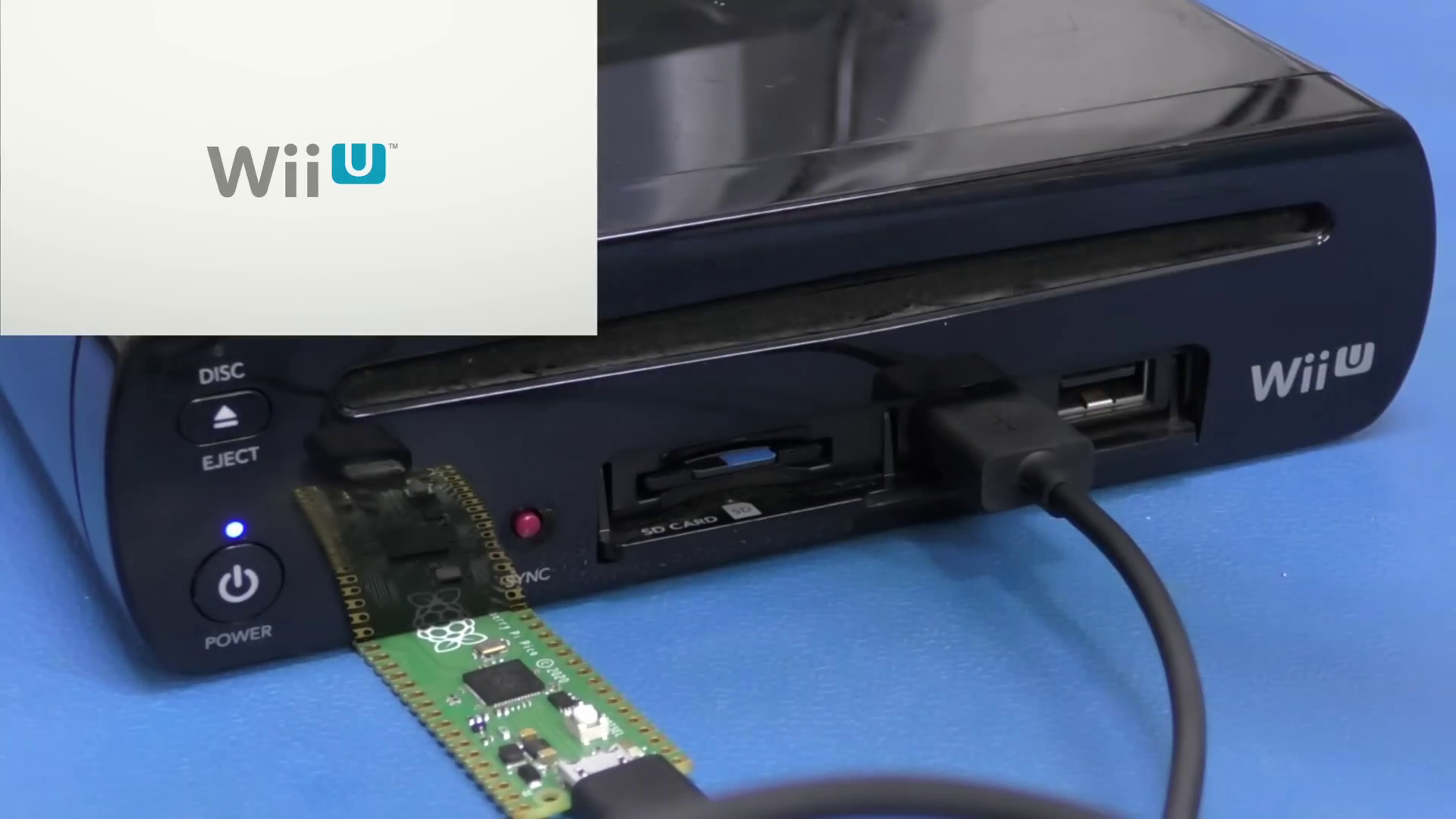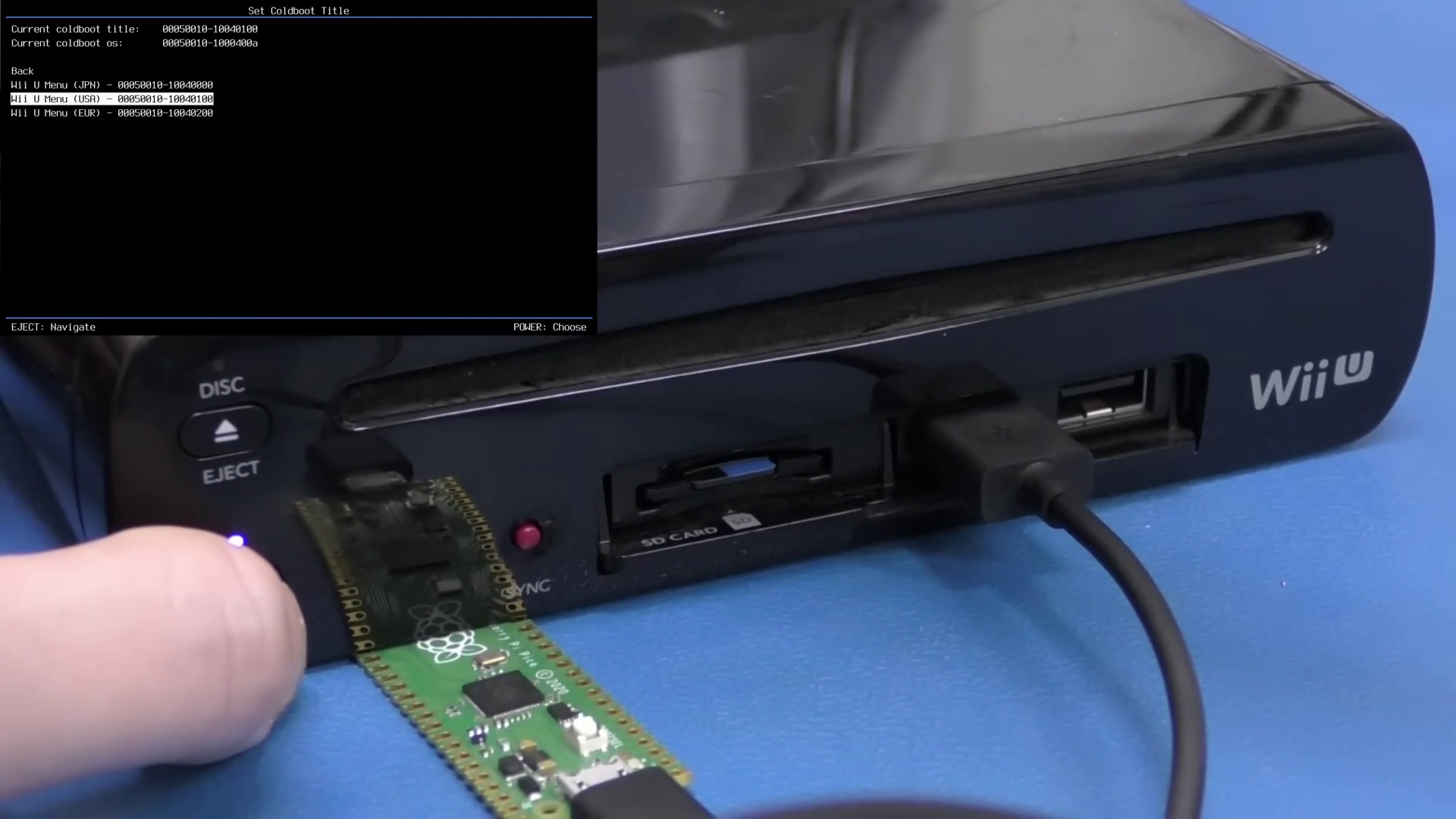
YouTuber Voultar has shared a guide on using our favorite microcontroller, the Raspberry Pi Pico, as a tool to unbrick the Nintendo Wii U.
The fix remedies an apparent corruption of the flash memory used in Nintendo's now 11-year-old console. According to Nintendo, the errors (160-0101 and 160-0103) relate to either a system version being out of date or system memory corruption. The corruption is said to brick the machines, making them unusable. In Voultar's video they seek to better understand this issue and have purchased five bricked Wii U's for testing.
To attempt the fix, Voultar used a $4 Raspberry Pi Pico to repair the "Title ID" which is corrupted in the Wii U's memory. This doesn't necessarily mean that all of the memory is corrupt, rather the data that tells the Wii U where data is stored has been corrupted.
The software side of the project uses GaryOderNichts UDPIH (USB Descriptor Parsing Is Hard) project. This software exploits a bug with the USB host stack descriptor, which enables USB devices to inject a payload into the Wi U. In this case the payload will be software to unbrick the memory.
Installing the software to the Raspberry Pi Pico is simple. GaryOderNichts has supplied a UF2 file which can be flashed on to the Raspberry Pi Pico's onboard flash memory. After that a recovery menu file needs to be copied from the GitHub to the root of a freshly formatted FAT32 SD card. Place that in the Wii U, and then get ready to insert the Raspberry Pi Pico into the Wii U.
This is the critical bit, and Voultar is specific in their instructions: Listen for the internal drive to start. When this happens, connect the Raspberry Pi Pico to either of the front USB ports. Note that the drive can start before or after the Wii U logo appears.

Once the exploit has been used, the recovery menu appears. Using Eject to navigate the menu and Power to select, Voultar selects ColdBoot File and recaches the Wii U operating system for their respective country. Once done, Voultar hard powers off the Wii U and is presented with a working console.
This project is a great example of using an exploit that could be used for nefarious means for good — as a tool to restore and repair old consoles.
The Wii U is not the only console to receive new life thanks to the Raspberry Pi Pico. The original PlayStation console has seen a Pico replace the CD drive, to play ROM files. One of the Wii U's predecessors, the GameCube, has also seen a Pico based modchip to enable it play homebrew games. Going further back in the history of videogaming there is even a Pico based emulator for Sinclair ZX Spectrum home computers from the early 1980s.







